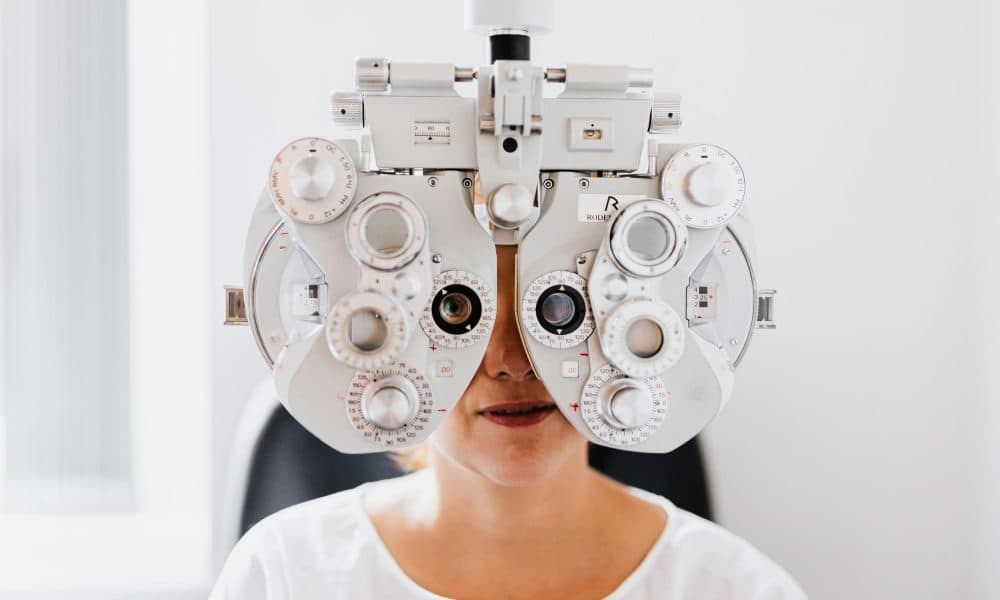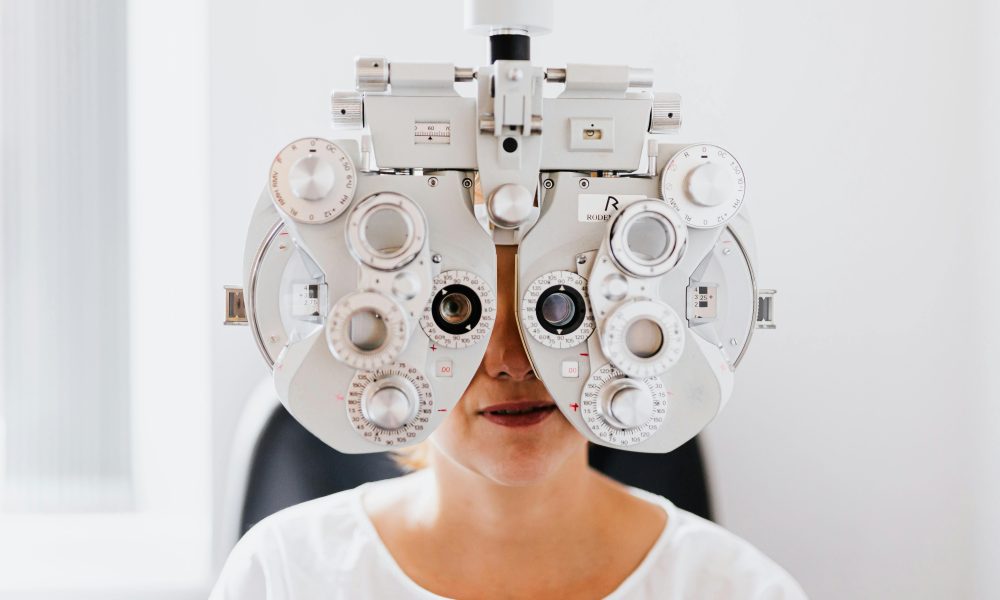
Vision loss and impairment can negatively affect health and quality of life, with various research studies proving the global burden of eye conditions.
An article published in the journal The Lancet points to the increase in the global prevalence of vision impairment and eye disease.
In 2020, an estimated 596 million people around the world had distance vision impairment, while another 510 million people had uncorrected near vision impairment.
There were also projected increases for other conditions contributing to vision loss and blindness, such as diabetic retinopathy, glaucoma, cataracts, and age-related macular degeneration.
Although nearly 90 per cent of these cases have preventable or treatable causes, many suffer from functional impairment due to poor access to high-quality and affordable eye care.
Fortunately, essential eye care services are becoming increasingly accessible with the help of government funding and sectoral investment in technology and innovation, as outlined below.
Early detection through eye tests
Eye tests are crucial to the detection of refractive errors that otherwise need correction, such as myopia or nearsightedness, hyperopia or farsightedness, and astigmatism.
Beyond testing for visual acuity, comprehensive eye examinations by qualified optometrists can also help reduce the risk of developing eye conditions like glaucoma and cataracts.
In the UK, individuals can utilise eye tests as an early detection tool through free services offered by high-street opticians and funded by the NHS.
Optical retailer VisionDirect explains that free eye tests are available at opticians like Boots and Vision Express, with the option to book an appointment online or visit a nearby local branch.
Eligibility for NHS-funded eye tests depends on conditions like receiving income support or pension credit. However, certain opticians can also provide vouchers and promotions to lower health costs.
Bridging the vision gap among children
While eye tests can be free courtesy of the NHS, the vision gap remains among individuals in need of prescription eyewear to compensate for refractive errors.
The need to address this gap is especially important for children, as poor eyesight can hinder their academic performance.
In this light, the UK’s Department for Education launched a programme that provides two free pairs of eyeglasses to disadvantaged children who need corrective eyewear.
One pair of spectacles can be used at home and the other at school, allowing children to better concentrate in the classroom and improve their reading and writing skills.
The connection between the vision gap and literacy skills is also recognised in other countries, with OneSight EssilorLuxottica Foundation also expanding access to essential eyewear among students in South Africa.
Innovative approaches for glaucoma patients
Besides eye care costs, long waiting times can also be a key barrier to accessing essential diagnostic and treatment services for eye diseases.
It is in this context that a previous post features the startup Mediwhale, which deploys artificial intelligence for retinal scans that can detect signs and symptoms of glaucoma, one of the leading causes of vision loss and blindness.
Compared to traditional methods like CT scans, the AI-enabled retinal scan is noninvasive, accessible, and can be conducted in less than one minute, saving patients time.
Meanwhile, another promising innovation in glaucoma diagnosis and treatment is nanotechnology, which revolutionises the drug delivery method for lowering intraocular pressure.
Nanotechnology-based delivery systems also provide better bioavailability and sustained release, thus demonstrating improved accessibility and effectiveness compared to conventional topical drugs.




